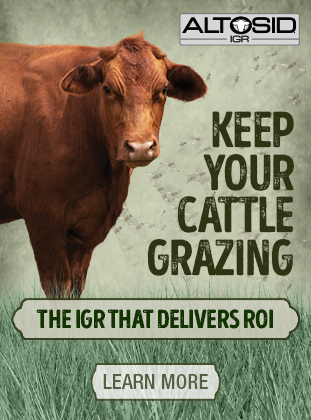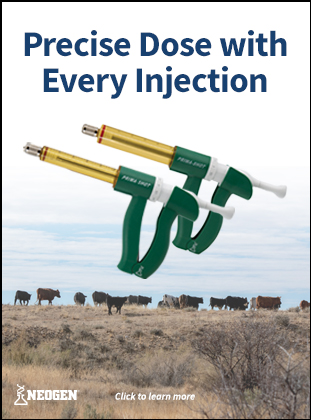More Than Just Fly Control
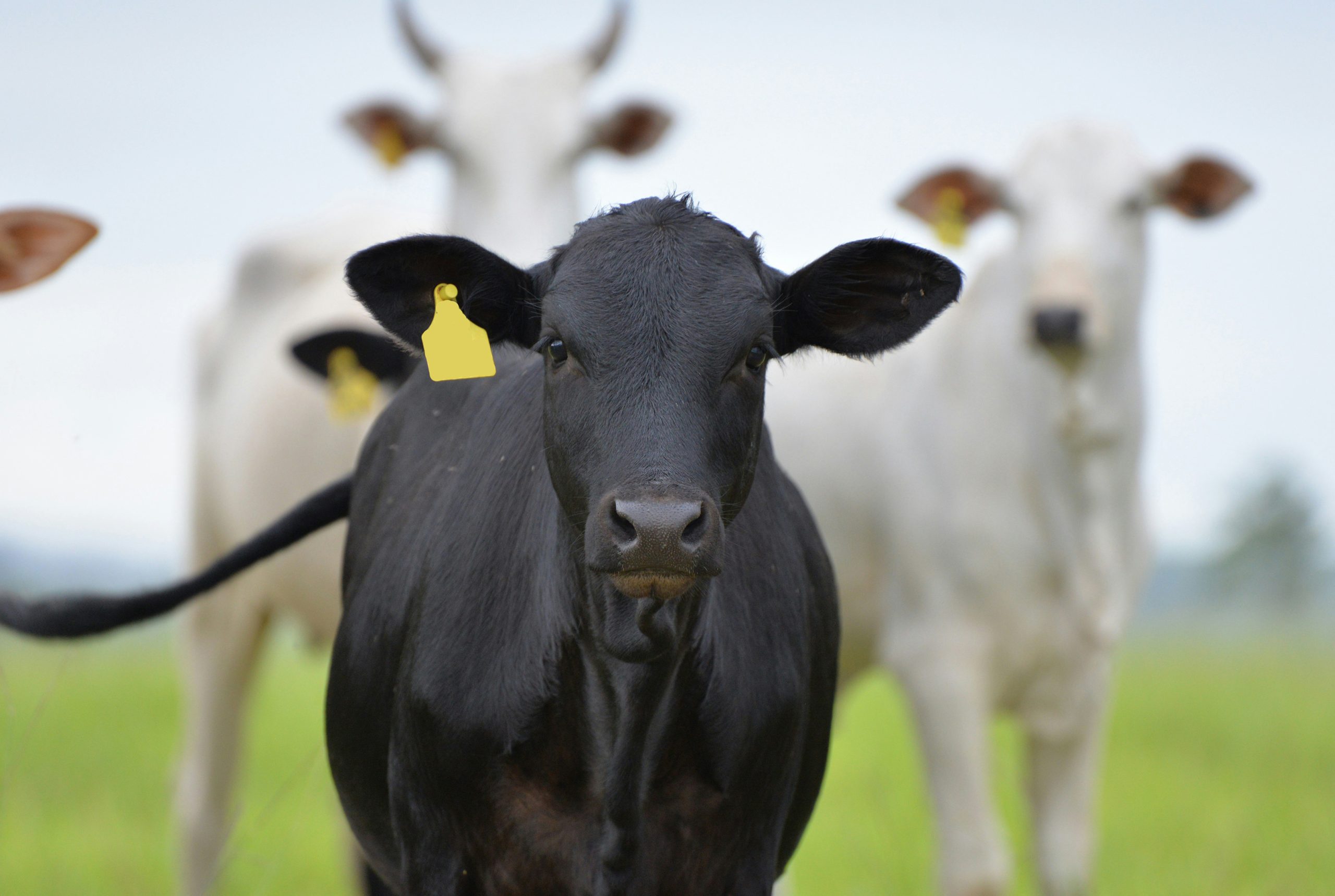
More Than Just Fly Control
Article and photos courtesy of Central Life Sciences
Managing nuisance insects can be challenging without the appropriate products and integrated pest management strategies. Over time, Central Life Sciences has expanded its product range to include additional solutions for combating flies, fire ants, cockroaches, and other pests labeled as threats to your operation. Offering diverse solutions, we provide the necessary products to combat harmful insects prevalent in your environment.
Flies
Flies are more than just a nuisance on operations; they can significantly impact productivity and profitability without effective control measures in place. Managing diseases transmitted by flies requires employing various methods such as fly traps, baits, and
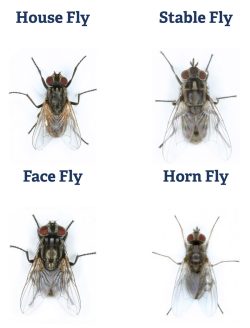
on-animal treatments to curb fly populations. For instance, house flies, stable flies, face flies, and horn flies are significant concerns in dairy operations due to their ability to transmit over 65 disease-causing organisms, contributing to ailments like Salmonella, mastitis, and pinkeye among cattle.
Central Life Sciences’ ClariFly® Larvicide and Altosid® IGR offer producers protection against the damaging impact of flies. The products don’t directly affect production but provide control for the nuisance flies that do. Both product lines are mixed into cattle feed and passed through the cow’s digestive system and into manure, where they interrupt the life cycle of the fly, preventing development into the adult stage. The active ingredient in each provides target-specific modes of action that are not harmful to birds, fish, reptiles, mammals, or beneficial insects.
When proper fly control isn’t in place, your animals can become stressed and uncomfortable, ultimately lowering overall productivity and profitability.
Numerous species of flies can be a nuisance to your operation. They can not only annoy animals and humans alike but also affect animal comfort, health, and profitability. By implementing an Integrated Pest Management (IPM) program with Starbar®, ClariFly® Larvicide, and Altosid® IGR products, you can protect your operation from costly fly infestations.
Cockroaches
Cockroaches, often overlooked on agricultural operations, pose significant threats to cattle, employees, and the bottom line. Besides contaminating food and spreading diseases, they act as reservoirs and mechanical vectors for various illnesses. Transmission of these diseases includes inhalation, digestion, and cross-contamination. Not only does this affect humans, but it also affects cattle. Some of the diseases and bacteria cockroaches spread include Sarcocystosis, Salmonella, and Listeriosis.
Sarcocystosis is a disease often found in cattle, and they can contract it through ingestion after cockroaches contaminate their food. Signs of illness in cattle may include weakness, muscle spasms, weight loss, abortions, and possibly death. 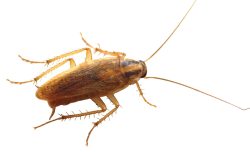
When roaches crawl in filthy places, they compile Salmonella. After remaining in their digestive system for about a month, it can be transferred and released through their vomit and droppings. Salmonella can cause a wide range of clinical signs in cattle, such as joint infections, abortion, dysentery, chronic pneumonia, and sudden death. This disease is also commonly transmitted to animals by contamination of feed and water but can be found anywhere, such as in animal bedding gates and pens.
Listeriosis is a bacterial infection of the brain, and it can affect a wide variety of animals, including cattle, birds, pigs, and humans. While this disease affects the nervous system, it can lead to other problems such as stillbirths, abortion, and encephalitis. The ingestion of bacteria causes most infections. However, direct contact or inhalation with the bacteria can also cause infection.
Products such as Cyanarox® Insecticidal Bait and Exhalt™ WDG Insect Growth Regulator from Starbar® allow you to protect your operation from the dangerous and costly effects of cockroaches.
Fire Ants
Fire ant infestations can irritate your cattle, causing reduced weight gains and injuries. Even more concerning, stings from fire ants can harm or even kill livestock, especially the young. When fire ants settle into pastures, they often forage for food or moisture in the same areas where livestock graze, according to NC State Extension Publications.
Extinguish® Plus is the best answer to any fire ant problems on your operation. Extinguish® Plus was designed to offer both short-term and long-term relief from fire ants endangering pastures and livestock. It combines the killing power of an adulticide, Hydramethylnon, and the long-lasting control of the insect growth regulator (IGR), (S)-methoprene. 
The dual action of an adulticide and an insect growth regulator (IGR) in Extinguish® Plus kills worker ants and sterilizes the queen, resulting in a one-two punch for fire ants, a quick reduction of mounds, and the confidence that the ants will be completely extinguished through the IGR. Extinguish® Plus is approved for use where cattle graze with no worries about withdrawal periods.
With Extinguish® Plus by your side, you’ll start to see fire ant colonies dwindle in about one week. And the entire colony could be eliminated within as little as two weeks.
Ticks
Because cattle often live and congregate closely together, ticks can multiply and spread rapidly, allowing some insects to turn into a tick infestation on cattle quickly. These blood-sucking insects spread diseases to both humans and cattle, hindering performance and bottom lines.
To effectively protect livestock from ticks, it’s essential to follow a checklist: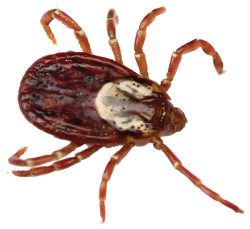
Regularly check livestock for ticks in key areas such as the head, ears, brisket, trailhead, udder, and between the legs. Report any findings to the local health department or state animal health official for further guidance and monitoring. Be vigilant for symptoms indicating tick-borne illnesses, such as high fever and weakness, and seek veterinary care promptly if observed. Additionally, maintain pasture hygiene by cutting down brush or weedy areas, reducing tick habitat, and minimizing exposure risk for livestock.
For effective tick control, use a product like Prolate/Lintox-HD™ Insecticide. Able to be used as a pour-on, mist spray, or in a backrubber, its synergized formulation provides effective treatment of ticks.
Lice
Lice can cause intense irritation and affect the appearance of livestock due to rubbing and scratching. Many lice species affect cattle, but the main ones are either biting or sucking lice. Biting lice feed on skin debris while sucking lice suck blood and can cause anemia if infestations are heavy enough.
By killing listed parasitic flies and controlling lice, Inhibidor™ Insecticidal Pour-On can enable more efficient production by keeping your animals comfortable while protecting your bottom line. Other products for lice control include Cattle Armor™ 1% Synergized Pour On, Starbar® UL-100 EC Insecticidal Spray, Prolate/Lintox HD™ Insecticide, Starbar® E-Pro Adulticide Spray, and Pyronyl™ Crop Spray.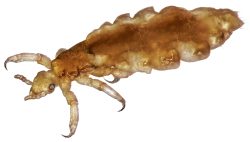
Central Life Sciences understands the detrimental losses that these insects pose to cattle, employees, and your bottom line. With products scientifically tailored to insect behavior at pinpoint locations, our Starbar®, ClariFly® Larvicide, and Altosid® IGR products can help you keep your cattle healthy and comfortable all season. To learn more, visit www.AltosidIGR.com.
Altosid, Cattle Armor, ClariFly, Cyanarox, Exhalt, Extinguish, Inhibidor, Prolate/Lintox HD, Pyronyl, and Starbar are trademarks of Wellmark International.

